Mystery Savior Cults of the Ancient World
Mystery religions, or mystery cults, were religious movements in the ancient Mediterranean and Near Eastern worlds. They often centered around secret initiation rites, promises of personal salvation, and mystical experiences. While not all focused on a singular “savior” figure, many revolved around deities or mythological beings who experienced death and resurrection, symbolizing eternal life, rebirth, and divine connection.
Eleusinian Mysteries (Greece)
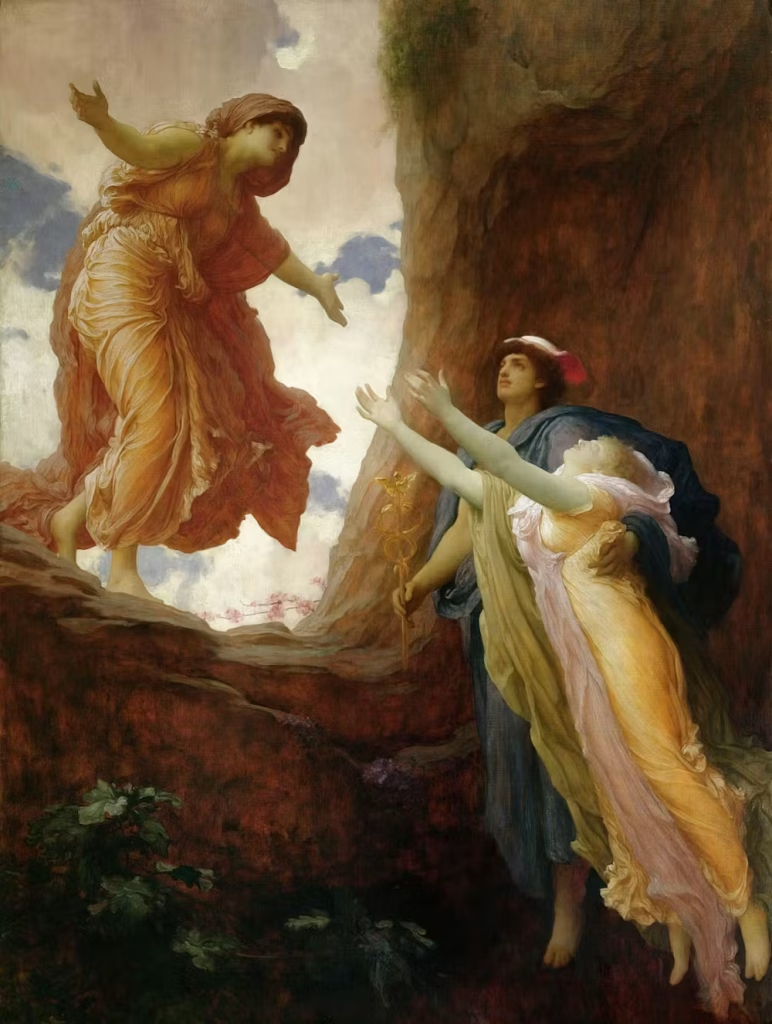
Deities: Demeter and Persephone
Core Belief: The abduction and return of Persephone symbolize the natural cycle of life, death, and rebirth, tied to agricultural fertility.
Rites: Secret initiations promising hope for life after death.
Dionysian Mysteries (Greece)
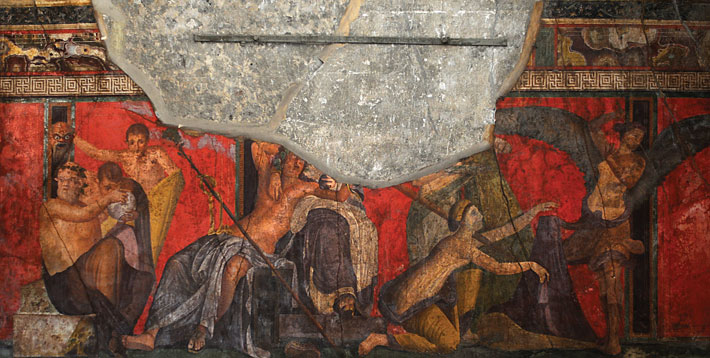
Deity: Dionysus, god of wine, ecstasy, and rebirth
Core Belief: Dionysus represents divine madness and spiritual liberation through death and resurrection motifs.
Rites: Ecstatic rituals involving wine, dance, and transformative experiences.
Orphic Mysteries (Greece)

Figure: Orpheus, the mythical poet and prophet
Core Belief: Emphasized the soul’s immortality, purification, and release from reincarnation through secret knowledge.
Rites: Ascetic practices, mystical teachings, and ritual hymns.
Cult of Isis (Egypt, Greece, Rome)
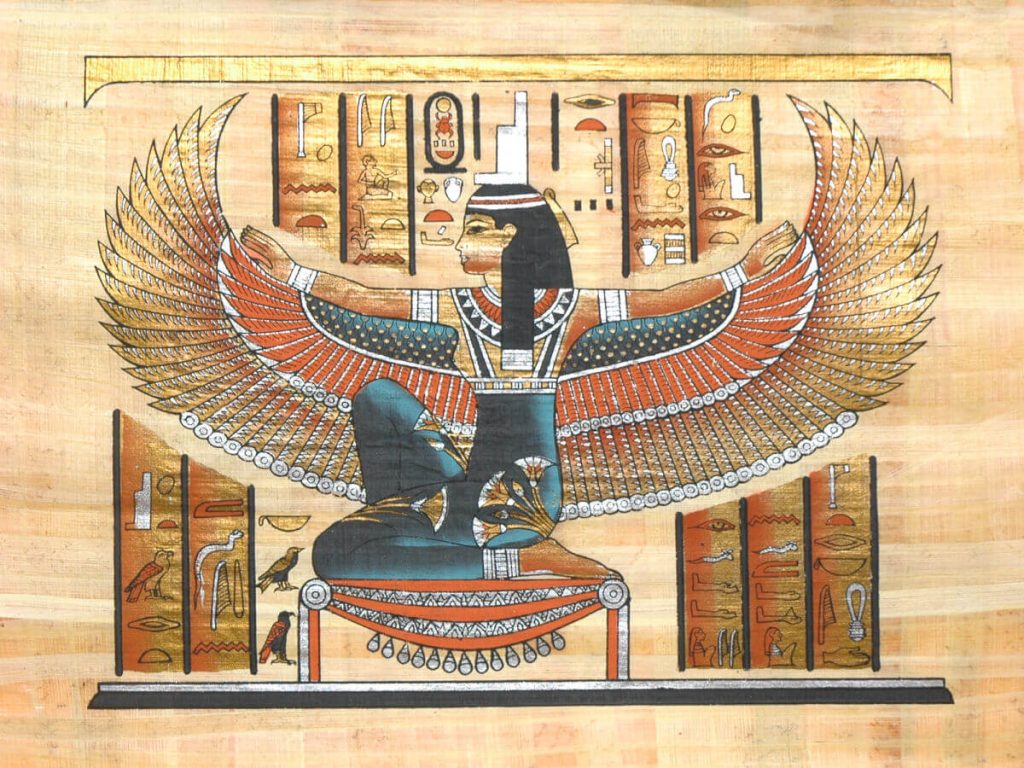
Deity: Isis, goddess of magic and motherhood
Core Belief: Isis resurrects her husband Osiris, symbolizing the victory of life over death and offering eternal life to followers.
Rites: Complex initiation rituals focusing on personal salvation and protection in the afterlife.
Cult of Osiris (Egypt)
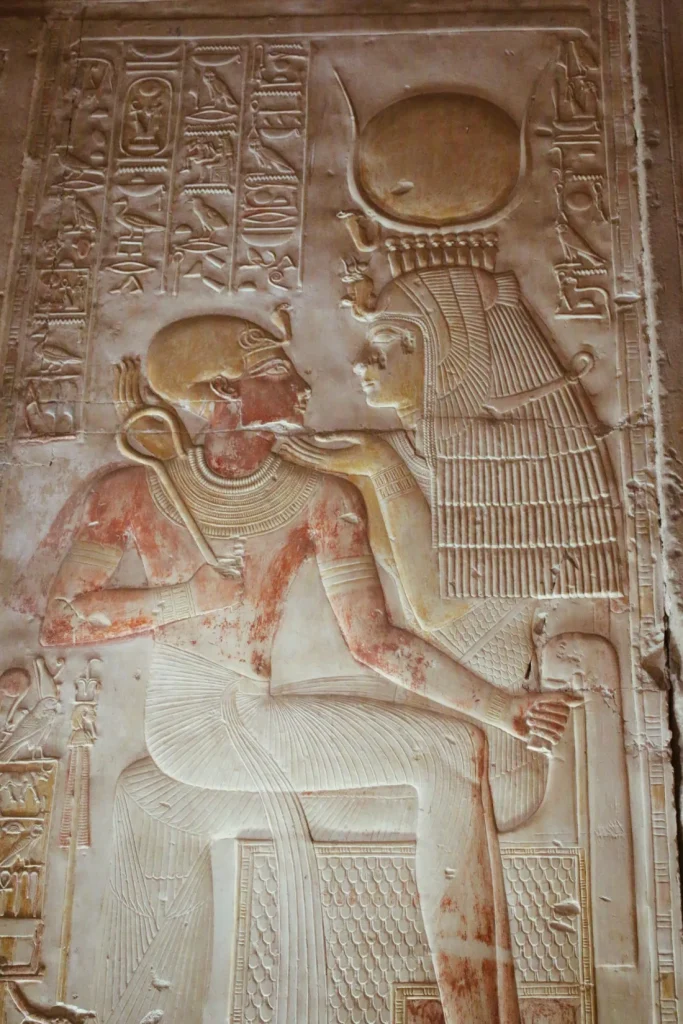
Deity: Osiris, god of the afterlife and resurrection
Core Belief: Osiris’s death, dismemberment, and resurrection reflect eternal life and judgment after death.
Rites: Ritual reenactments of Osiris’s myth, promising resurrection for initiates.
Mithraic Mysteries (Persia, Rome)
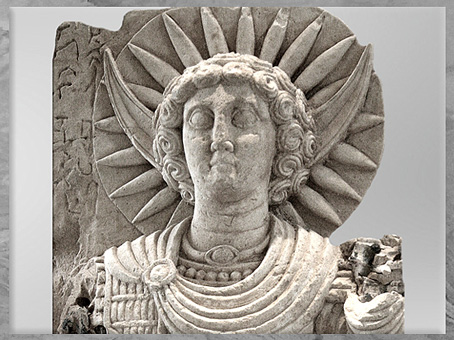
Deity: Mithras, god of light, truth, and cosmic order
Core Belief: The slaying of the cosmic bull releases life-giving forces, representing the eternal struggle between good and evil.
Rites: Initiations into secret societies with complex symbolism, often held in underground temples.
Attis and Cybele (Phrygia, Rome)
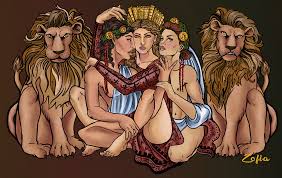
Deities: Attis, a dying-and-rising god, and Cybele, the Mother Goddess
Core Belief: Attis’s death and resurrection symbolize the renewal of life and fertility.
Rites: Ecstatic ceremonies involving frenzied dances and acts of self-mortification.
Cult of Adonis (Phoenicia, Greece, Rome)

Deity: Adonis, god of beauty and vegetation
Core Belief: His death and annual return from the underworld symbolize the cycle of nature’s decay and renewal.
Rites: Ritual mourning and joyful celebrations marking his rebirth.
Sabazius Cult (Thrace, Phrygia, Rome)

Deity: Sabazius, god of fertility and ecstatic rites
Core Belief: Focused on life cycles, spiritual renewal, and possible resurrection motifs.
Rites: Serpent symbolism, ecstatic dances, and initiation rites.
Gnostic Mystery Cults (Hellenistic World)
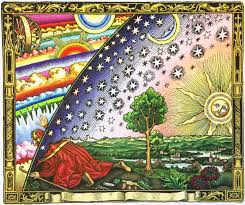
Figures: Various savior figures such as Seth, Sophia, and a reinterpreted Christ
Core Belief: Salvation through secret knowledge (gnosis) that awakens the divine spark within the soul.
Rites: Esoteric teachings, symbolic rituals, and sacred texts like the Gospel of Thomas.
Hermeticism (Egypt, Hellenistic World)
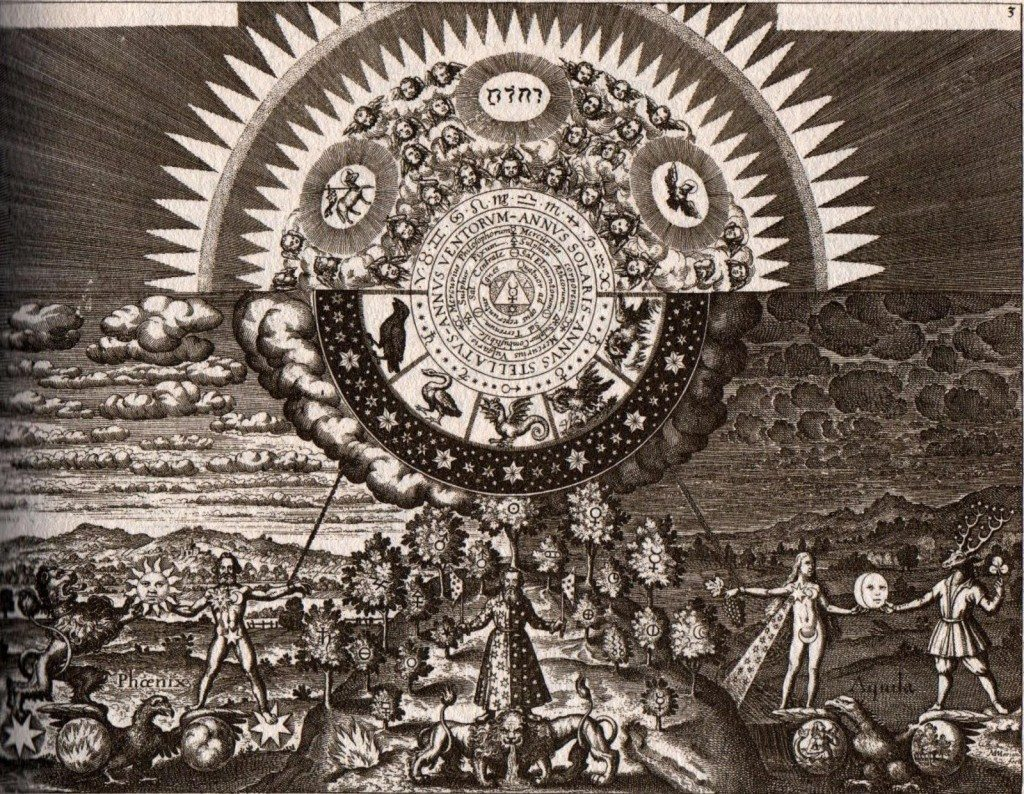
Figure: Hermes Trismegistus, a mythical sage blending Greek and Egyptian traditions
Core Belief: The soul’s journey to reunite with the divine through mystical wisdom and personal transformation.
Rites: Meditation, alchemical symbolism, and philosophical dialogues found in the Corpus Hermeticum.
Zoroastrian Mysteries (Persia)
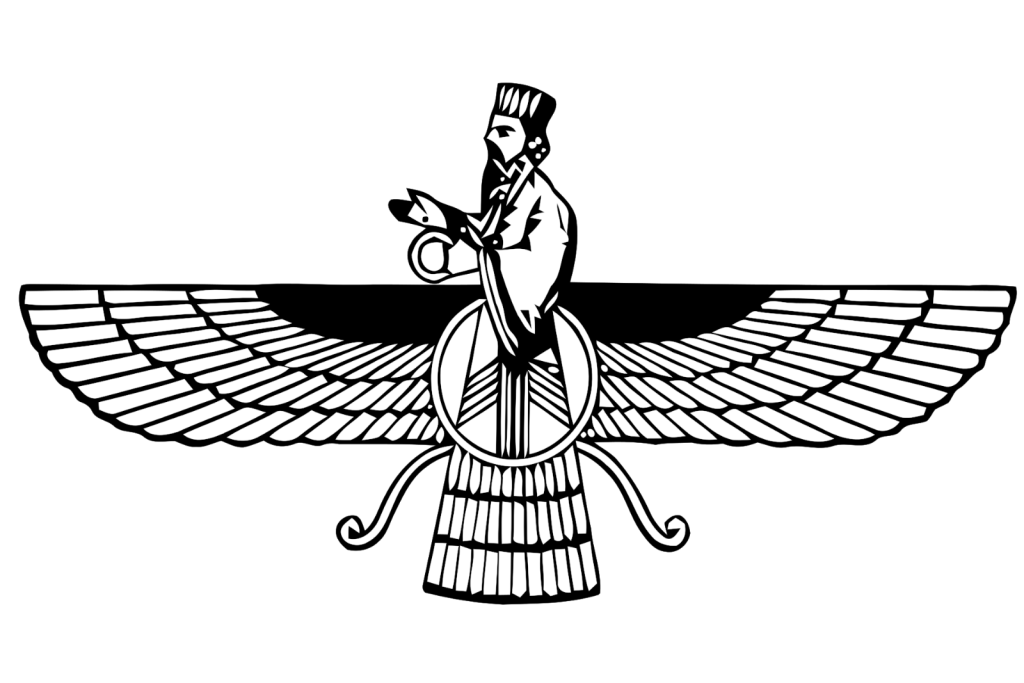
Deity: Ahura Mazda, the supreme god, in dualistic opposition to Angra Mainyu
Core Belief: Cosmic struggle between light and darkness, with the eventual triumph of good led by a savior figure (Saoshyant).
Rites: Fire rituals and ethical practices emphasizing purity and cosmic order.
Manichaeism (Persian Origin, Global Spread)
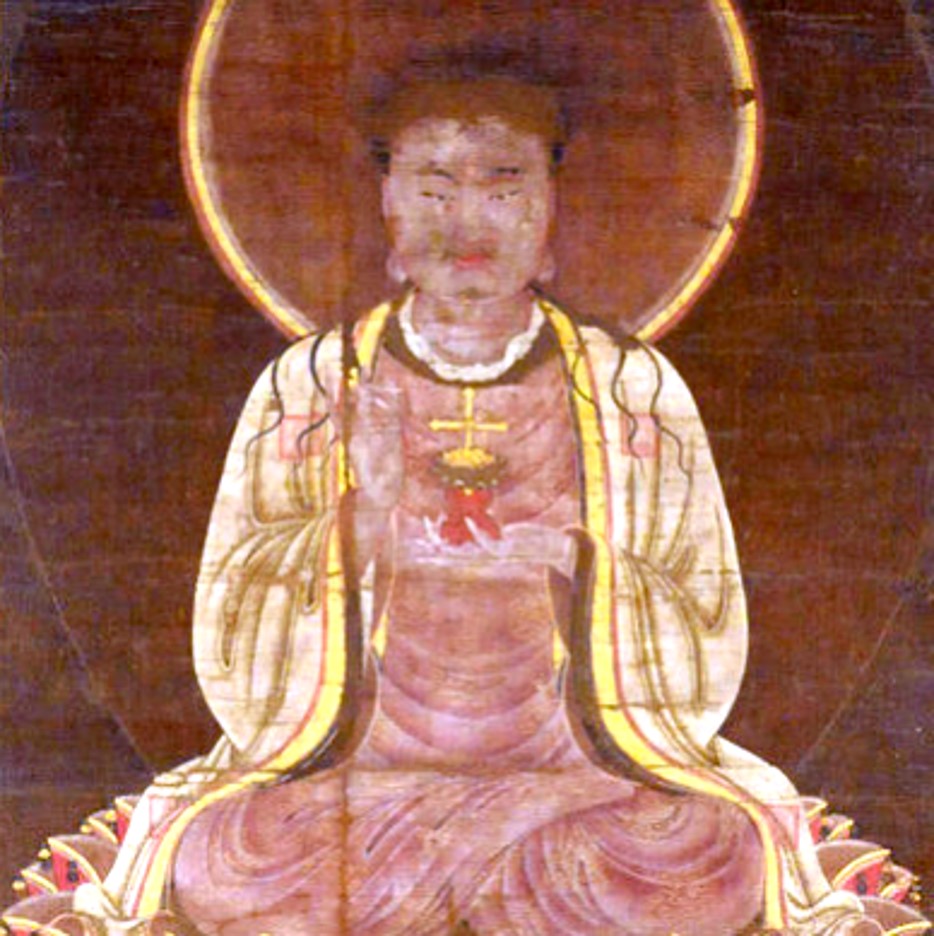
Figure: Mani, founder and prophet
Core Belief: Dualism of light and darkness, with salvation through knowledge and ascetic living.
Rites: Ascetic practices, reverence for Mani as a divine figure, and rejection of materialism.
Cult of El and Baal (Canaanite Religions)
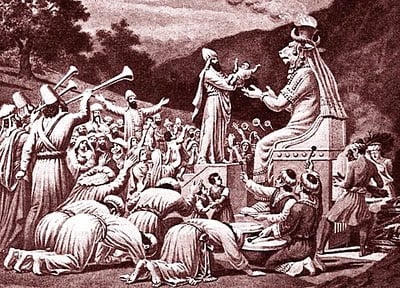
Deities: El, the creator god, and Baal, the storm god associated with seasonal cycles
Core Belief: Baal’s conflict with Mot (death god) represents death and rebirth tied to fertility rites.
Rites: Sacrificial rituals, fertility celebrations, and agricultural festivals.
Mystery Elements in Early Christianity
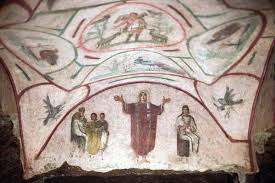
Figure: Jesus Christ
Core Belief: Themes of death, resurrection, and personal salvation parallel mystery cult motifs but rooted in historical events and theological developments unique to Christianity.
Rites: Baptism (symbolizing death and rebirth), Eucharist (sacred communal meal), and initiation through faith and confession.
While early Christianity was distinct from pagan mystery cults, its development in the Greco-Roman world led to overlapping symbols, rituals, and theological concepts that reflected the broader religious environment of the time.
